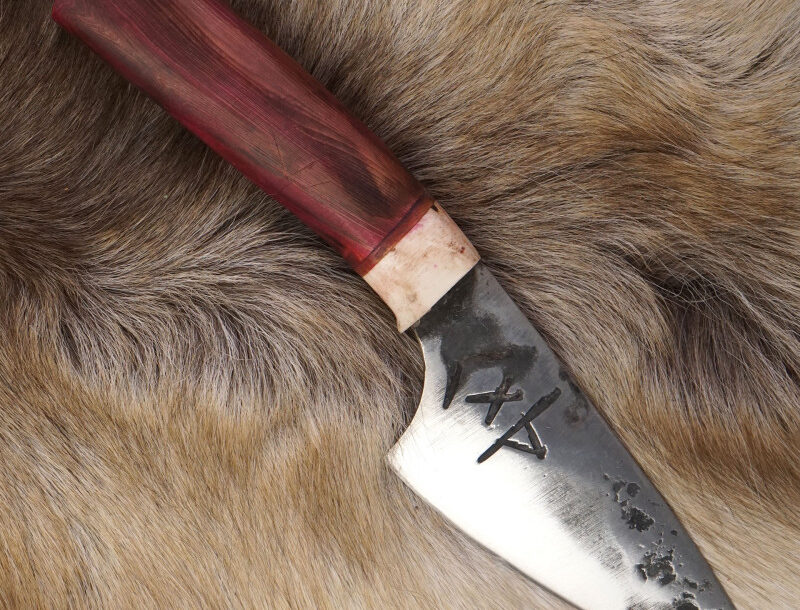Family
Is your knife good or bad?
If you have at least a few knives from online knife store, and you are not particularly well versed in all the nuances of their production, then it will be useful for you to learn something new, or just refresh your memory on some points. It is not always possible to say that it is a bad knife or a good one, because it can cope with some tasks excellently, but for others it is not suitable at all. However, this only applies to varieties of knives, for example, you cannot cut a wild boar with a kitchen knife, and you cannot comfortably cut food into thin slices with a hunting one, and this does not mean that they are bad, they simply have a different purpose. Nevertheless, there are some criteria that are the same for all knives and thanks to them you can evaluate how good your knife is.
It’s almost impossible to find finnish knives made of completely unsuitable steel. Among knife steels there are both very cheap and very expensive ones, and the price depends not only on the cost of the steel, but also on the complexity of its machining. Each steel has its own grade, and this grade contains the content of the main elements in its composition. One of the most important elements in the composition of knife steel is carbon. The more it is, the higher the hardness of the blade will be with proper heat treatment and, accordingly, it will be able to maintain its sharpness longer. A carbon content of 0.7 – 1.2% is considered a good indicator, and a good value of hardness is in the range of 56 – 62 HRC. If less, then you will have to sharpen the knife much more often, if more, then the cutting edge will be unnecessarily fragile.
A knife can be bad even with good steel. So, for example, if your knife is too thick (more than 4 mm) for no good reason, then it will be very uncomfortable to cut with it. In addition, there are a huge number of knives on sale, the blades of which are very thick. Flattening is the thickness of the blade where the cutting edge will be before it is sharpened. For a kitchen knife, 0.1-0.2 mm is considered good information, and for a utility or hunting knife – 0.2-0.4 mm. However, on sale it is easy to find knives with a reduction of 1 mm or even more. Such knives should be avoided, since the cutting properties, regardless of the thickness of the blade, will be not good.
The quality of the heat treatment of the blade is decisive. Even the best steel, when improperly hardened, can have a hardness of only 50 HRC or less. Also, an illiterate heat treatment can lead to excessive brittleness of steel, and the cutting edge will chip out even during sharpening. The approximate hardness can be determined without the help of a hardness tester using improvised means. For example, take a knife, of which you are sure of the quality, and carefully try to scratch the tested blade with it in an inconspicuous place. The harder steel will always scratch the softer one. If the hardness is approximately the same, then no other knife will be able to scratch each other’s blades.





